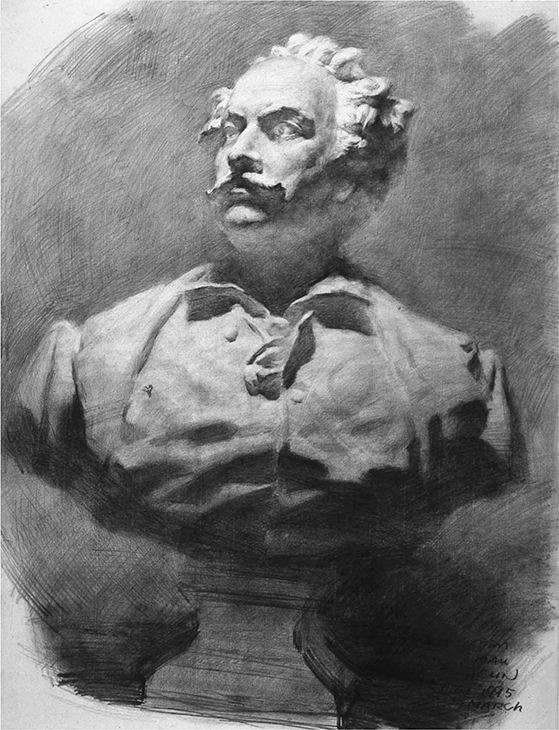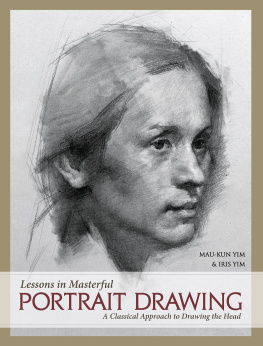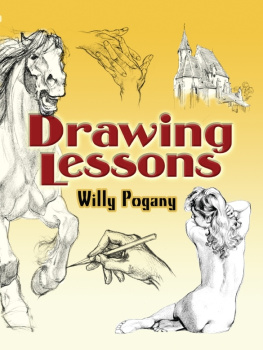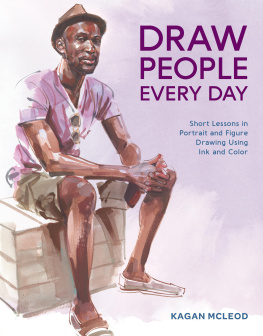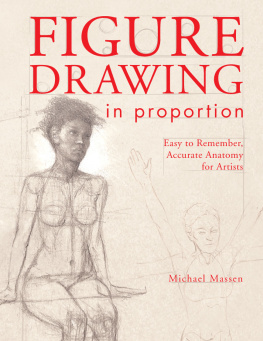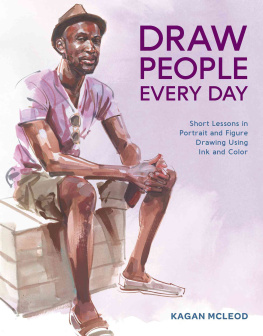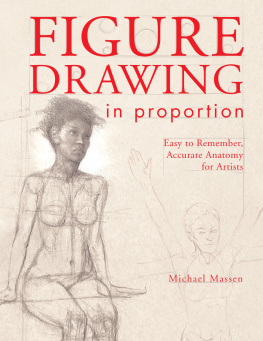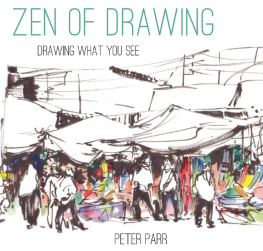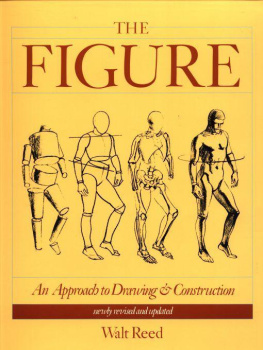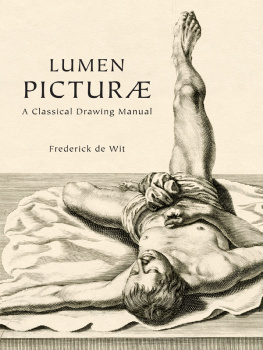Thank you for purchasing this Artist Network eBook.
Sign up for our newsletter and receive special offers, access to free content, and information on the latest new releases and must-have art resources! Plus, receive a coupon code to use on your first purchase from NorthLightShop.com for signing up.
or visit us online to sign up at
http://artistsnetwork.com/ebook-promo

CONTENTS
FOREWORD
ITS ONLY RECENTLY that I have become aware of the artist Mau-Kun Yim. We have not met, yet I feel that I know the man. Through his numerous handsomely illustrated texts, he reveals himself to be a craftsman of surpassing ability and sensibility. The years of classical training and diligent study of the works of the masters that came before resonate in his virtuosity and boldness of handling. He is a dedicated and selfless teacher; he is a man in love with his calling.
We live in an age when frivolous fashion and hyperbole too often triumph over brains and talent; we must celebrate these few brave and vociferous champions of the great classical legacy who nourish and inform our venerable trade. It is to such rare men of character and high purpose that we must look for inspiration.
The keenly anticipated Lessons in Masterful Portrait Drawing, A Classical Approach to Drawing the Head will be welcomed by all practicing artists, students and lovers of fine drawing. The quality of this materialtext and platesis superlative. Such excellence is not negotiable and does not grow old. Treasures such as these will comfort us in those hours when fears and doubts come calling. We may then revisit these inspiring pages and be moved to try harder and reach higher in our own endless pursuit of excellence.
Ned Jacob

XIANG MEI XIANG
Pencil on paper, 2334" 1912" (60cm 50cm), 2014
INTRODUCTION
I LOVE DRAWING. Im quite proud of the sheer number of drawings I have produced, something that I attribute to the way I established myself in Hong Kong a long time ago. When I left China and arrived in Hong Kong in 1980, I was a stranger in a strange land with only the clothes on my back. In coming to Hong Kong, I was basically throwing away the career I had started in Guangdong, where my oil painting, Soldier Song, had won the first prize in a major art competition. I needed to start from scratch again with a clean slate. Through a series of accidents and coincidences, I opened a studio for private teaching in Hong Kong. Once I started teaching, there was no turning back. Since drawing is something that must be taught in the old master tradition, I ended up drawing for thirty years as well.
I must admit that Ive been able to teach drawing for the last thirty years because I like it so much. When I teach drawing classes, I cant pass up on the opportunity to draw along with my students. Thats why the model or still life that I set up for students is arranged the way I like.
A painter who doesnt like painting defies the imagination. A painter at work is just like a farmer tilling the field or a blacksmith striking the iron. So it is with me and drawing. You may call me an artisan if you like, but I agree with what Rodin once said: If you are an artist then you cant possibly be anything else.
Mau-Kun Yim
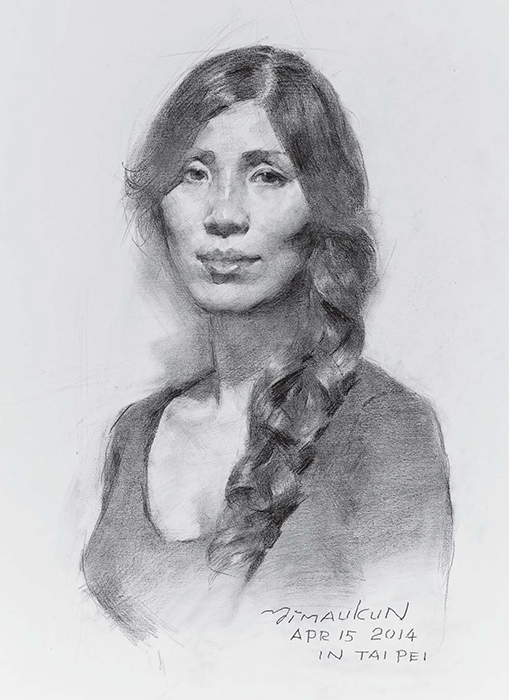
YOUNG WOMAN
Charcoal on drawing paper, 3034" 2114" (78cm 54cm), 2000
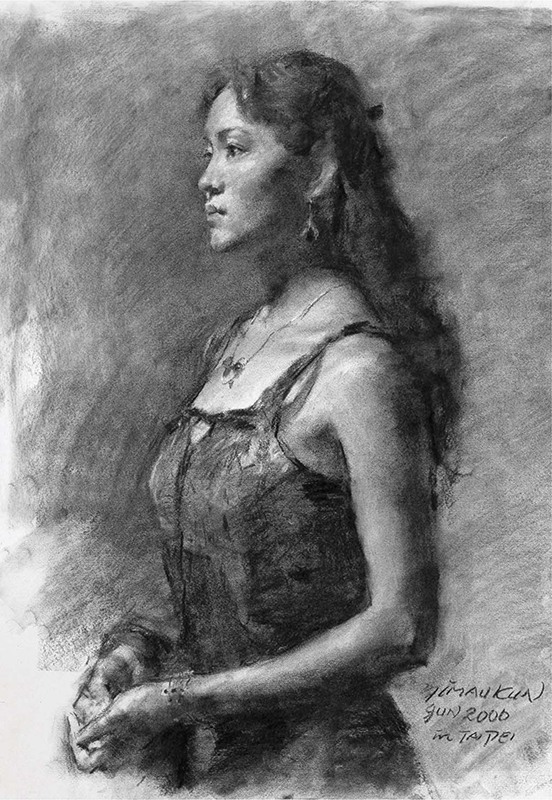
CHAPTER
ABOUT DRAWING

APOLLO
Pencil on drawing paper, 2514" 17" (64cm 43cm), 1999
IN THIS CHAPTER, I share my guiding principles and philosophy about drawing, which are based on my early training and decades of studio teaching and practicing. Understanding and practicing these principles will not only help you build a solid foundation for drawing but also create drawings that are a piece of fine art, not just a practice assignment. I also share in this chapter the importance of classical bust study sketching, which is an important way to train your observation and practice drawing skills before moving on to life portrait drawing.
FOUNDATION OF DRAWING
For me, the basics of drawing lie in classical bust study. When I passed the examination to enter the affiliated high school of the Guangazhou Fine Academy of Fine Arts in 1959, Liu Shaoqi had been put in charge of the central government after the economy had been crippled by the Great Leap Forward (a campaign of extreme economic policies and forced labor led by Mao Zedong). The extremism of political movements was reined in and the educational establishment began encouraging teachers and students to focus on basic skills and professional training. At our high school, these changes allowed the two classes in my year to follow through with our curriculum until we graduated four years later, which, because of the economic recession, was the exception rather than the rule.
Apart from watercolor and art creation, our classes also involved a great deal of classical bust study. Many people have commented on the number of outstanding Chinese realist artists produced during this period of time. Teachers and students ask me what made our class so special. In my opinion, it was because these two classes were spared the so-called educational reforms that came along with the Cultural Revolution that began in 1966. Instead, we did a lot of pastel cast drawing and built a really solid foundation that we were later able to apply to drawing real people.
Since the Renaissance, plaster cast drawing has been the most important training exercise in studios and art academies because it includes proportion, perspective, volume and value. The clean, white appearance of classical busts makes it easier to study the relationship between light and form.
Based on my experiences, I eventually concluded that classical bust study is the most essential of the basics of drawing.
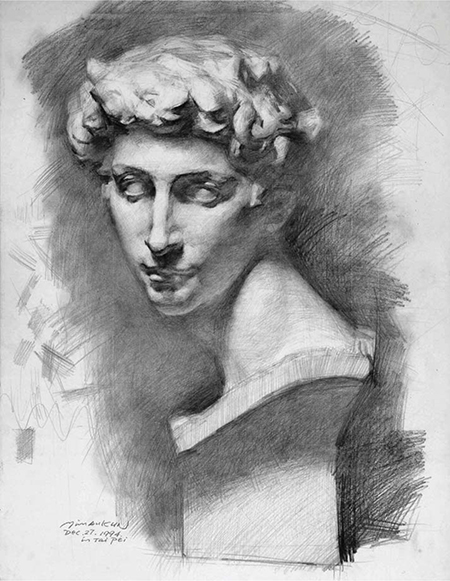
GIOVANNI MEDICI
Pencil on drawing paper, 2314" 1812" (59cm 47cm), 1994
